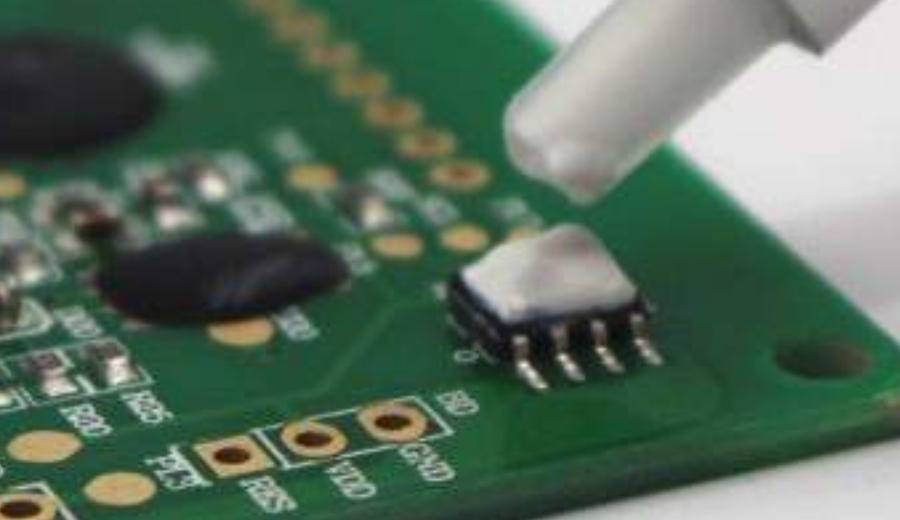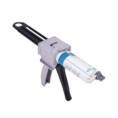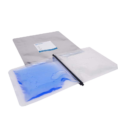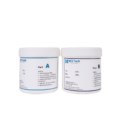Thermal Interface Material Selection Guide for Electronic Components for Your Design

As electronic devices evolve toward higher performance and miniaturization, efficient thermal management becomes critical for system reliability. As a professional electronic adhesive manufacturer, we offer 7 tailored thermal material solutions to meet your precise requirements.
I. Key Selection Criteria
- Thermal Conductivity (W/m·K)
- Low-power devices: 1-2 W/m·K
- High-heat components: ≥3 W/m·K
- Operating Temperature Range
- Automotive electronics: -50℃~200℃
- Consumer electronics: -30℃~150℃
- Mechanical Properties
- Vibration resistance: Elastic materials preferred
- Structural support: High-hardness materials
4.Electrical Insulation
-
- High-voltage applications: Class 1 insulation (e.g., epoxy resins)
5.Process Compatibility
-
-
- Automated production: Fast-curing types
- Complex geometries: High-fluidity potting compounds
-
II. 7-Product Performance Matrix
| Product Type | Thermal Conductivity | Temp. Range | Typical Applications | Key Advantages |
|---|---|---|---|---|
| Silicone Thermal Potting | 0.8-3.0 | -60~200℃ | Power Modules/Auto ECUs | Extreme temp. resistance, cushioning |
| Silicone Thermal Adhesive | 1.5-4.0 | -50~180℃ | Heatsink bonding/PCB assembly | High adhesion, anti-aging |
| Epoxy Thermal Potting | 1.2-2.5 | -40~130℃ | Transformer encapsulation | High strength, chemical resistance |
| PU Thermal Potting | 0.5-1.8 | -40~110℃ | Consumer electronics | Low stress, reworkable |
| PU Thermal Adhesive | 1.0-2.2 | -30~100℃ | FPCB assembly | Flexibility, optical clarity |
| Thermal Grease | 1.0-5.0 | -50~250℃ | Chip-heatsink interfaces | Ultra-thin application, zero cure time |
| Silicone Gap Filler | 1.5-6.0 | -50~200℃ | Large gaps (0.5-10mm) | Self-adhesive, compressible |
III. Application-Specific Recommendations
- EV Control Systems
✔️ Silicone Potting (vibration damping)
✔️ Gap Filler (IGBT module gaps) - 5G Base Station PAs
✔️ High-conductivity Silicone Adhesive (4.0W/m·K)
✔️ Thermal Grease (rapid heat transfer) - Industrial Inverters
✔️ Epoxy Potting (environmental protection)
✔️ PU Adhesive (shock absorption) - High-Power LED Lighting
✔️ Transparent Silicone Potting
✔️ Thermal Adhesive (aluminum substrate bonding)
IV. Process Optimization Tips
- Surface Prep: Clean substrates ensure optimal bonding
- Dispensing: Use screw valves for high-viscosity materials
- Curing: Strictly control mix ratios for two-part systems
- Thickness: Maintain ≤0.2mm for TIM applications















